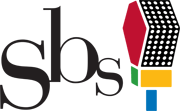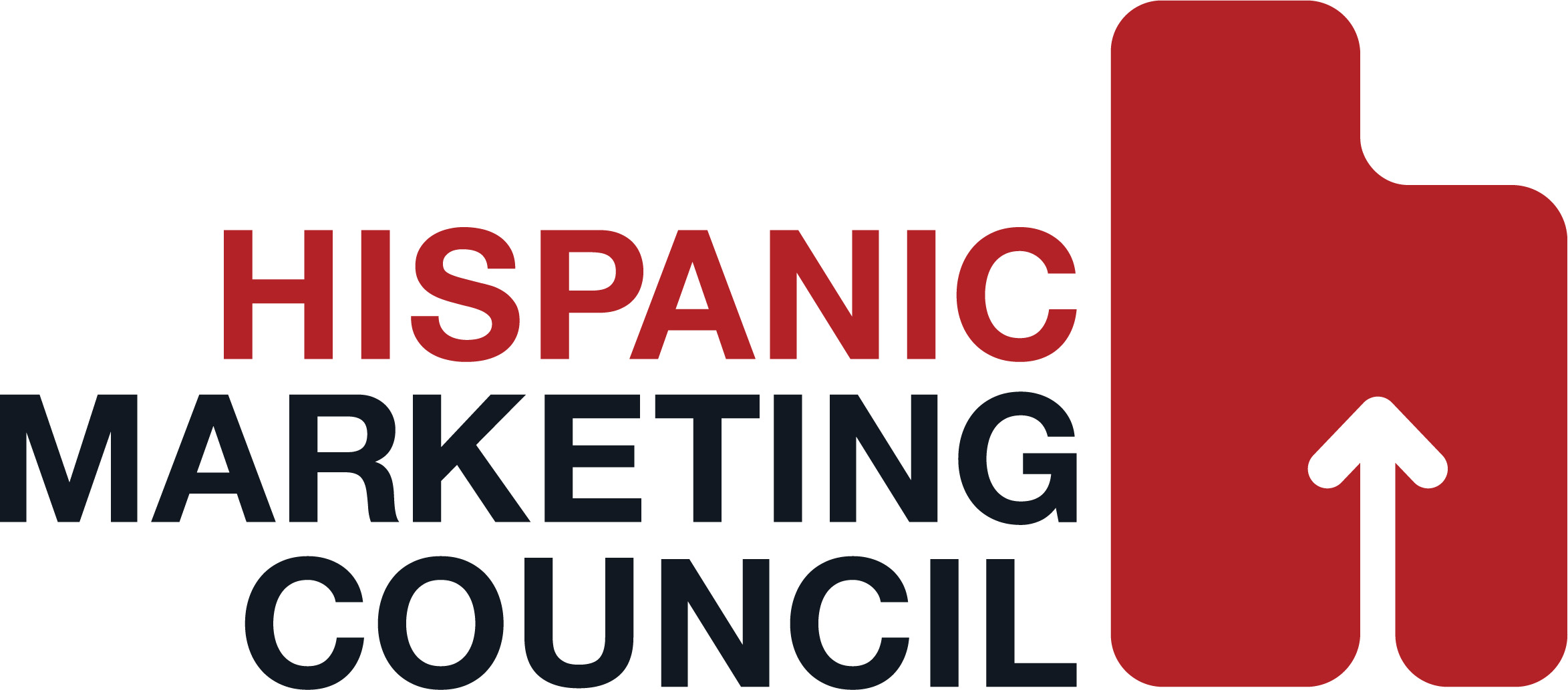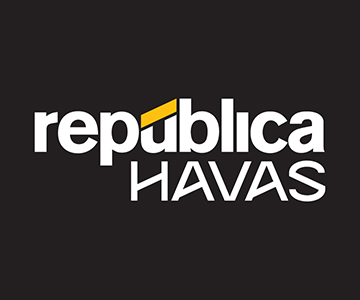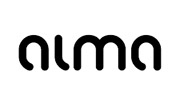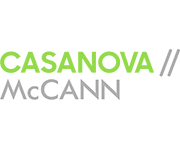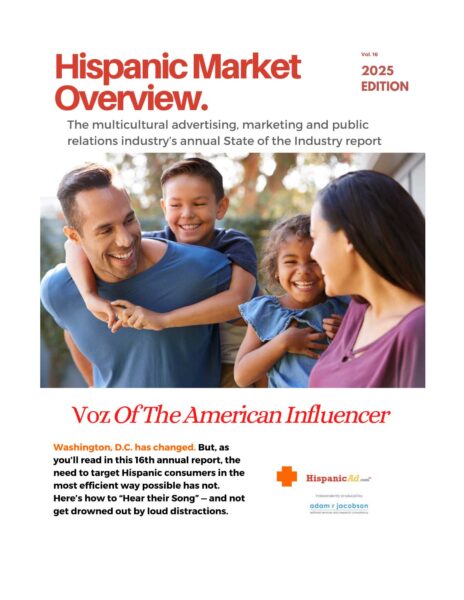ADVERTISING PROVES RESILIENT AMIDST ECONOMIC UNCERTAINTY
June 17, 2025

Consequently, MAGNA projects a slowdown in global advertising growth from +10.3% in 2024 to +4.9% in 2025, which is 1.2 percentage points below the previous forecast of +6.1% in December 2024.
Traditional media owners (TMOs), historically focused on television, audio, publishing, OOH, and cinema, may be most affected by the absence of major events and the deteriorating business environment. Global TMO ad revenues are expected to decrease by an average of 3.2% this year, reaching $264 billion. Excluding cyclical ad spend, TMO ad revenues would have remained flat (-0.1%). Television ad sales are projected to decline by 5%, radio ad sales by 1%, and publishing by 6%, while OOH and cinema ad revenues are expected to grow by 5%. These figures include TMOs’ non-linear ad sales (e.g., ad-supported streaming, digital audio, publishers’ digital ad sales), which already account for 25% of total TMO ad revenues and are growing by 15% to 30% annually, mitigating the decline of legacy linear ad formats (e.g., linear commercials on broadcast TV, ad pages in newspapers and magazines).
Ad-supported streaming continues to experience rapid growth in access, consumption, and advertising sales, as nearly all streaming TV platforms now offer more affordable, ad-supported plans. These “limited ads” plans are proving successful, with a majority of new subscribers opting for them, and some existing subscribers switching to reduce their streaming costs. MAGNA estimates that premium long-form CTV streaming (Hulu, Netflix, Peacock, Prime, Joyn, RTL+, etc.) ad revenues now represent 15% of total long-form video advertising revenue worldwide, totaling $23 billion out of $155 billion. In more advanced markets like the UK and the US, this figure is already between 20% and 25%.
Digital Pure-Play (DPP) media owners, offering Search/Commerce, Social, Short-Form Video, Static Banners, and Digital Audio ad formats, are projected to reach $715 billion this year, growing by +8% over 2024 and accounting for 73% of total ad sales. DPP ad sales are driven by several organic growth factors, including the continued rise of e-commerce and retail media networks, increasing consumption and engagement in developed markets, and growing penetration in emerging markets. In addition to long-term organic growth factors, digital pure players may benefit from another factor in 2025. During downturns or periods of low visibility, marketing budgets are often redirected towards “performance” lower-funnel channels, which are expected to deliver better scalability and accountability in supporting short-term sales. This may contribute to the resilience of digital media and the vulnerability of traditional media this year. However, MAGNA believes that most marketers will avoid repeating the over-drastic cuts seen during COVID and will maintain a balanced marketing and media mix to address consumer anxiety.
Within DPP ad formats, Keyword Search will remain the largest digital advertising format, growing by +8% to reach $357 billion. While traditional Core Search matures (e.g., Google, Bing, Baidu, +7% to $217 billion), the search format is now driven by Retailer Search (e.g., Amazon and product listings in retail media networks, +12% to $140 billion). Social Media ad sales (e.g., Meta, TikTok) will grow by +11% to $242 billion, and Short-Form Pure-Play Video platforms (e.g., YouTube, Twitch) will expand ad revenues by 7% to $80 billion.
MARKETS: TRADE-INTENSIVE MARKETS MAY SUFFER
Some markets are particularly vulnerable to the uncertainties of global trade this year due to the significant percentage of their industrial output exported to the US. This includes Japan, Germany, and China. For instance, Japan and Germany each sell millions of cars in the US annually, with approximately half of those vehicles manufactured outside the US and therefore subject to a 25% tariff as of this writing. Consequently, both countries’ auto industries are likely to experience reduced sales this year, leading to cuts in marketing and advertising spending in their domestic markets – and in the US. This is why we anticipate below-average advertising growth in these markets for 2025: Germany at +3%, and Japan at +4% for all-media spending, with a decline in TMO ad sales (between -1% and -3%).
Other major manufacturing markets may also be negatively impacted by a decline in US exports, including Vietnam, Mexico, and South Korea. Additionally, trade hubs such as Singapore and Belgium may suffer from a reduction in the volume of global trade in the coming months, while oil producers may be indirectly affected by the slowdown in Chinese and overall global demand. Conversely, MAGNA expects above-average ad spend resilience in several large markets: Italy and Spain (+6%), the Netherlands (+7%), India (+8%), and Brazil (+12%).
The US remains the largest advertising market in 2025, accounting for 41% of global ad spend, followed by China (17%), Japan, the UK, and Germany. Together, these five largest ad markets concentrate 73% of global ad spend. Advertising intensity, represented by the ratio of ad spend per capita, varies significantly across markets, reflecting the purchasing power of local consumers and the maturity of the media and advertising ecosystem: from $1,100 in the US, $800 in Switzerland and the UK, $700 in Australia, and $500 in Germany, to just $11 in India.
ADVERTISERS: THE AUTOMOTIVE INDUSTRY AT RISK
While MAGNA expects total advertising spending to grow in 2025, several industry verticals may be challenged by economic slowdown, supply chain and trade disruptions. Technology, Pharmaceuticals, Retail, and Automotive appear to be at risk. On the other hand, several other large industry verticals should be relatively immune to international trade uncertainty, including CPG, Finance, Insurance, Telecoms, Healthcare, and Travel.
Looking at Automotive, several major auto-exporting countries—such as Mexico, Canada, Japan, and South Korea—ship more than a million vehicles each year to the US, and others like Germany and the UK also rely heavily on US sales. With no clear outlook on how trade policy will evolve, how supply chains will need to adjust, or how long these headwinds will last, many auto brands may pull back on marketing expenses – specifically upper-funnel, traditional advertising formats – in coming months. While the car market is holding in Europe so far, European-based automakers may also need to reduce marketing spending in Europe too as the loss of US sales hurt their revenues and profitability In the US, strong sales early in the year—partly driven by buyers moving ahead of potential tariffs—are expected to fade in the second half. As the 25% tariff on imported vehicles and parts will also hurt US carmakers by increasing production costs. Overall MAGNA expect global automotive advertising is to decline by -2% in 2025, and -3% in the US, spending on traditional media channel will decline by high-single digit. Looking at 2026 the loss of US federal EV subsidies and new European regulations on Chinese vehicle imports will weigh on the auto industry and its marketing investment.
FOCUS ON THE US
Media owners’ advertising revenues in the US are forecast to reach an all-time high of $398 billion in 2025 as they close in on the $400bn milestone, growing +4.6% over 2024, or +6.9% when excluding cyclical ad spending (down from +9.9% in 2024). This is slightly stronger (+0.3%) than our previous full year forecast in March 2025, following a stronger-than-expected start of the year (+9.1% in 1Q25 excluding cyclical) despite the deterioration in investor confidence and consumer confidence that started in February, well before the tariffs episode early April. MAGNA still expects quarterly growth rates to slow in the next three quarters but also still expects resilience in the marketplace, as the macro-economic indicators gradually stabilize.
Digital Pure Players revenues grew by +13% in the first quarter, and several digital giants provided confident guidance for 2Q growth. For the full-year 2025 MAGNA expects DPP ad revenues to rise by +10% to $297bn, with Search and Retail Media ad revenues growing +9.6% (Core Search +8% and Retail Search +14%), Social Media up +12% and Short-Form Digital Video up +8%.
Conversely, traditional media owner’s ad revenues will fall -7% to $100 billion, or by a more modest -1.2% when excluding cyclical spending from 2024 (e.g. Presidential election, Summer Olympic games). Cross platform National TV, which includes both linear and streaming sales, will erode by -0.8% to $46bn, as linear declines of -5% will just offset streaming growth of +12.5%. Elsewhere in the US advertising market, OOH sales will gain +2.2% to $9.9bn, while Audio sales will drop -2% to $15.9bn, Publishing sales will decline -1.4% to $15bn and Local TV sales will fall -5% to $16.2bn.
MAGNA expects US ad spend to re-accelerate in 2026, and benefit from the return of cyclical drivers (Winter Olympics in February, FIFA World Cup hosted by the US in June/July, and the midterm election cycle in November. Total media owners’ ad revenue will grow +7.8% with non-cyclical spending up +6.1% to reaching the $400 billion milestone ($429 billion).
Next MAGNA Forecast Update: September 2025 (US only), December 2025 (Global)
TABLE 1: GLOBAL AD FORECAST
TABLE 2: US AD FORECAST









